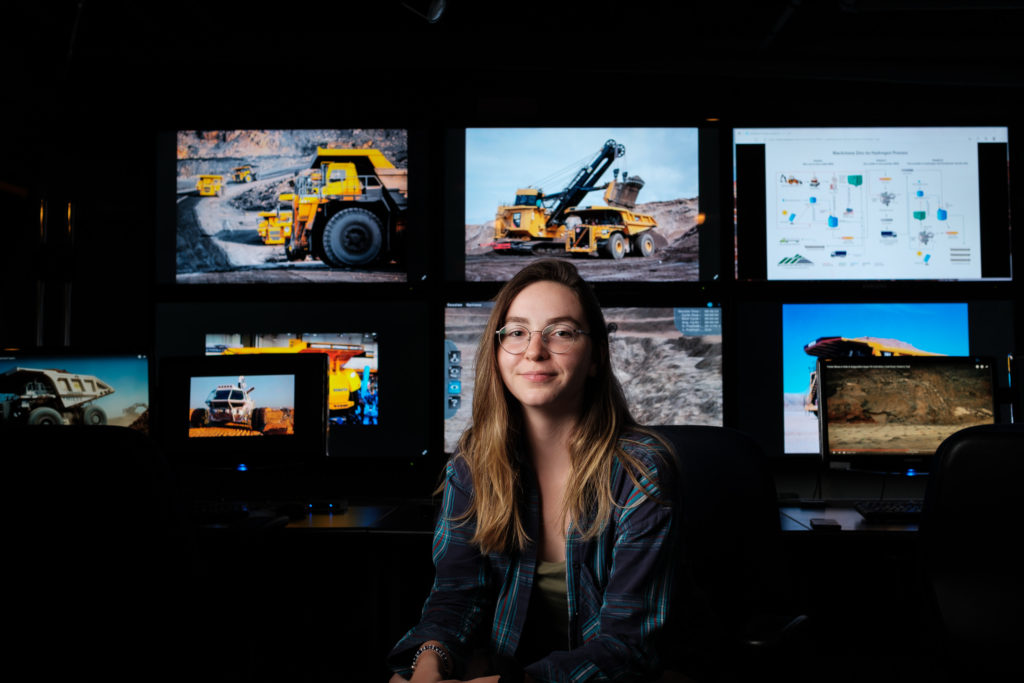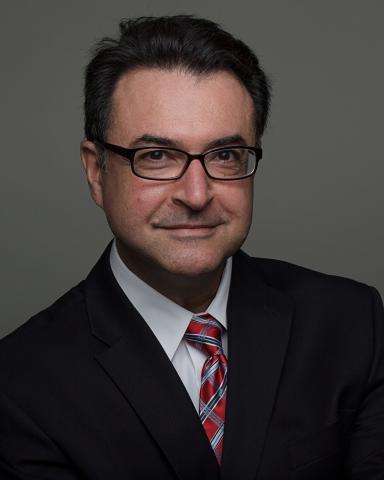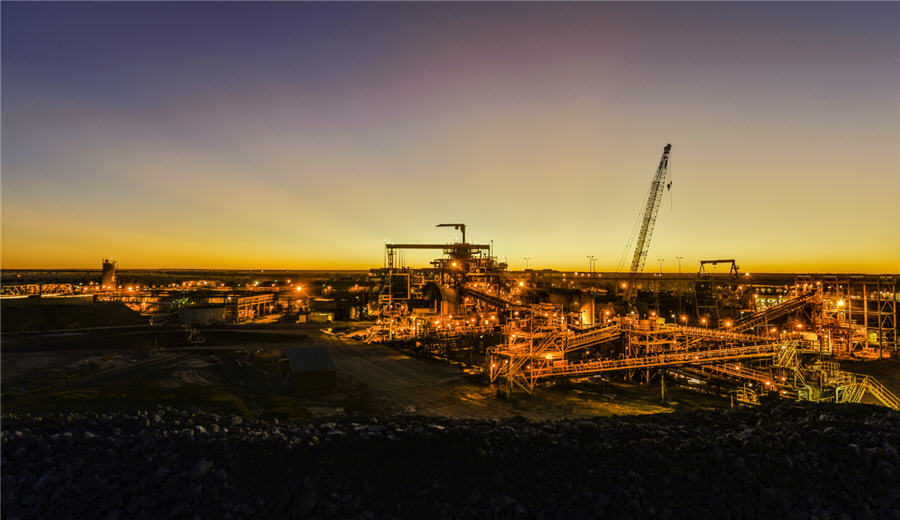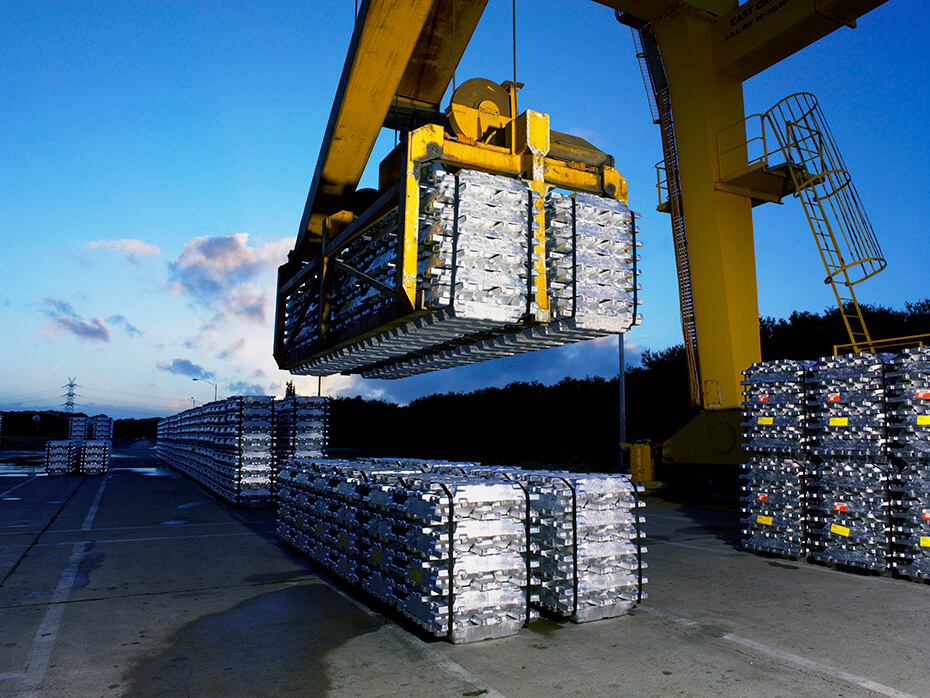World’s first school for holistic mining management incorporates ESG agenda

Demand for copper to fuel the green energy transition is forecast to average 13% annual growth over next 10 years, according to analysts. Arizona – which produces 74% of America’s copper – will soon be home to a new type of institution designed to shape the industry’s workforce for the future.
The University of Arizona’s (UA) School of Mining and Mineral Resources in Tucson was approved by the Arizona Board of Regents this year and the Arizona State Legislature approved $4 million in ongoing yearly funding.
Tucson is in proximity to mines like Freeport-McMoRan’s Morenci, the largest copper producer in the state, and is a technology hub for mining — it is headquarters to major suppliers such as Caterpillar, Komatsu and Hexagon.
The UA’s School of Mining will be the first institution in the world to rely on a holistic approach to mineral resource management, incorporating a focus on environmental, social and governmental (ESG) issues. The UA is ranked third in the nation among mineral and mining engineering programs and home to the San Xavier Underground Mining Laboratory, the only mining lab in the US with a working vertical shaft.
“The whole idea of the school came about because the University of Arizona is in a unique position to cross-pollinate mining knowledge with other critical fields. We’re known for creating an interdisciplinary center for mining research and education,” Moe Momayez, Associate Professor of Mining and Geological Engineering at the University of Arizona told MINING.com.

The School features programs such as Global Mining Law, the Centre for Environmentally Sustainable Mining and the Geotechnical Center of Excellence.
“I think the School is going to be the vehicle that is going to allow us to promote mining to students and stakeholders — I see the school striving to change the public perception of mining,” Momayez said.
“I realize that’s a tall order, but the director is going to have a full team.”
Aside from courses, students spend time in St. Xavier underground mining lab, “a unique facility that we use to train our students, provide them with hands-on experience, we do mine ventilation, mine safety and health, rock mechanics, ground support, equipment maintenance.”
Momayez said the lab is heavily instrumented, with sensors monitoring the mine environment and is expanding to be able to bring in larger equipment in the cross section.
“We can stream data out of the mines so the students and researchers can have real time system data,” he said.
Momayez pointed out the minerals the world needs to power the new green economy need to be mined to build the needed solar panels, wind turbines and electric cars, and that the minerals key to daily life are all traced back to the mines, while acknowledging a wide mainstream public misconception of mining.
“The reality is we’re going to need minerals for decades, centuries to come if we are going to sustain the same levels of economic prosperity.”
Momayez said that it is not only students and the wider public that need to be educated, but also politicians and non governmental agencies.
“They are the ones that need to realize, the basis of our civilization is mining. And we cannot sustain our lives, our civilization, if we stop mining,” he said.
President Joe Biden promoted the need to establish critical minerals domestic supply chains, but major mining projects are being halted in the US and new royalties on the industry introduced.
Related: Senators blast new US mining royalty plan as anti-green, pro-China
“On one hand, everyone is saying critical minerals are very critical to the future and the security of the nation, but on the other hand, they don’t help the mining industry,” Momayez said.
“That is where I think we need to reach out to the politicians, the government, and begin educating them about mining, and the role that mining plays. I see a huge gap there that needs to be filled.”
More News
South32 posts lower third-quarter manganese output
The world's biggest producer of manganese ore produced 476,000 wet metric tons last quarter.
April 16, 2025 | 03:48 pm
Alcoa reports $20 million tariff hit on imports from Canada
April 16, 2025 | 03:42 pm
{{ commodity.name }}
{{ post.title }}
{{ post.date }}




Comments